This last week, schoolchildren from across New Zealand travelled with LEARNZ and the Sustainable Seas Challenge to discover what's threatening mussels/kuku or kutai, a taonga species, in Ohiwa Harbour near Ohope, and how science and matauranga Maori are being combined by local kaitiaki to understand – and address – the problem.
The days began with an ‘Ask the experts' live web Q&A session, where students from around the country could directly engage with the researchers.
'The questions were so deep and some were pretty tough – in a good way! The kids had clearly done their homework,” says Sustainable Seas Challenge researcher Dr Kura Paul-Burke.
After the Q&A on Tuesday, Kura was joined by five tamariki from Kutarere School and the LEARNZ film crew at Ohope Wharf.
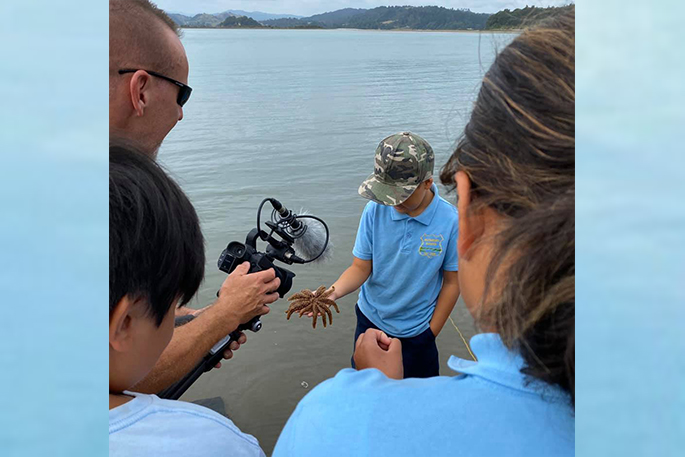
The children learnt about patangaroa - 11-armed sea stars, and kuku/kutai - green-lipped mussels, and how they're interacting in Ohiwa Harbour.
'The ecological balance is all wrong; the sea stars are like a zombie plague eating the mussels,” says Kura, who is a kaitiaki for the harbour and an Associate Professor of Matai Moana/Marine Research at the University of Waikato's Tauranga campus.
'The harbour's mussel beds have all but disappeared so we're investigating the best way to restore this taonga.”
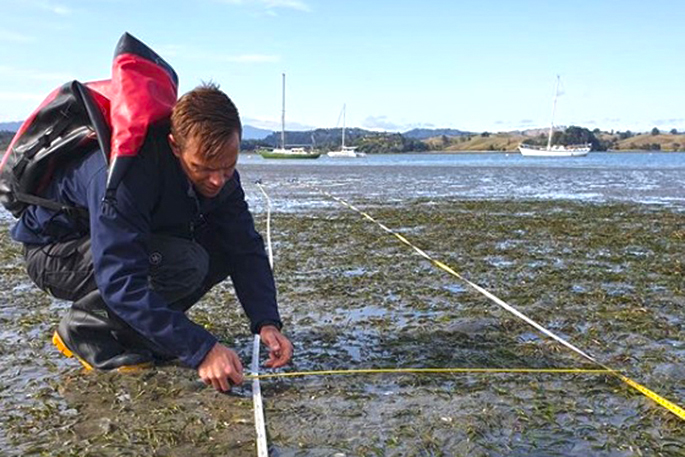
Dr Leigh Tait laying out a transect with two 30-metre-long tape measures a metre apart. This gives him a sample area where he can identify what was living within the area and photograph it. Leigh will use this information to teach a computer programme how to identify species from photos taken by the drone. In this way Leigh can use the drone to record where seagrass is growing over a much larger area and monitor changes in seagrass growth over time.
Ken Henry, principal of Kutarere School accompanied the tamariki.
'It's been really neat to experience something that combines both the putaiao (science) perspective and matauranga Maori worldview,” says Ken.
'A lot of great things are going to come out of today. It's the beginning of something bigger for the kura (school) and future tamariki as we've been looking at developing our own curriculum. And it's been really inspiring for the next generation of Maori researchers.”
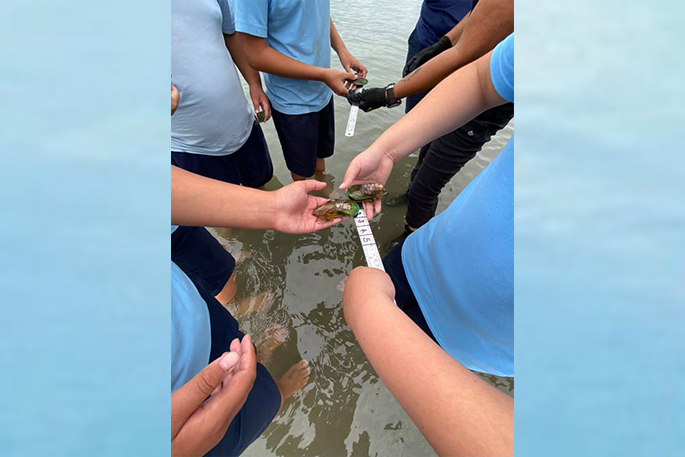
So far, at least 1,800 schoolchildren have participated in the trip as an activity for Seaweek, which is New Zealand's annual, nationwide celebration of the sea. The online resources have already been viewed or downloaded almost 6,000 times.
The field trip was free for students and teachers – and the field trips videos, interactive quizzes and background information all remain online and open access to support ongoing classroom activities.
"The theme of Seaweek 2020 is ‘Ko au te moana, ko te moana ko au – I am the sea, the sea is me', so this was the perfect time to learn about how we are connected to and manage our oceans,” says Shelley Hersey, the LEARNZ field trip teacher.
'Our oceans are definitely a hot topic for Kiwi kids. This is the third year running we've partnered with the Sustainable Seas Challenge, and every trip has been extremely popular. It's always exciting to be able to connect students with experts live on location and to see the quality of questions that students pose.”
Videos are available for viewing at www.learnz.org.nz/sustainableseas201/videos
More information and multimedia teaching resources are available at www.learnz.org.nz/sustainableseas201
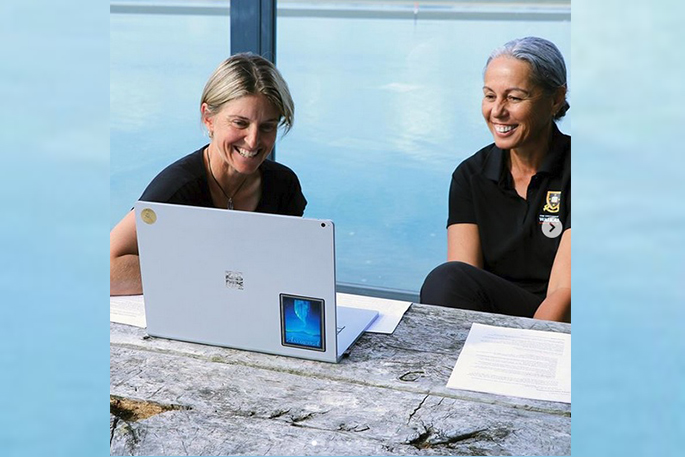

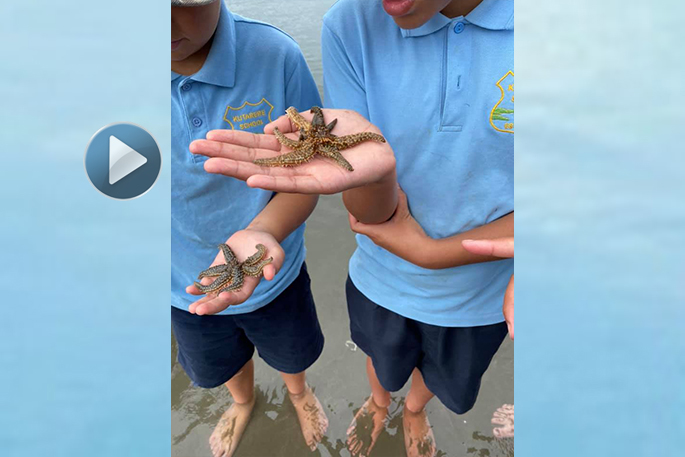

0 comments
Leave a Comment
You must be logged in to make a comment.